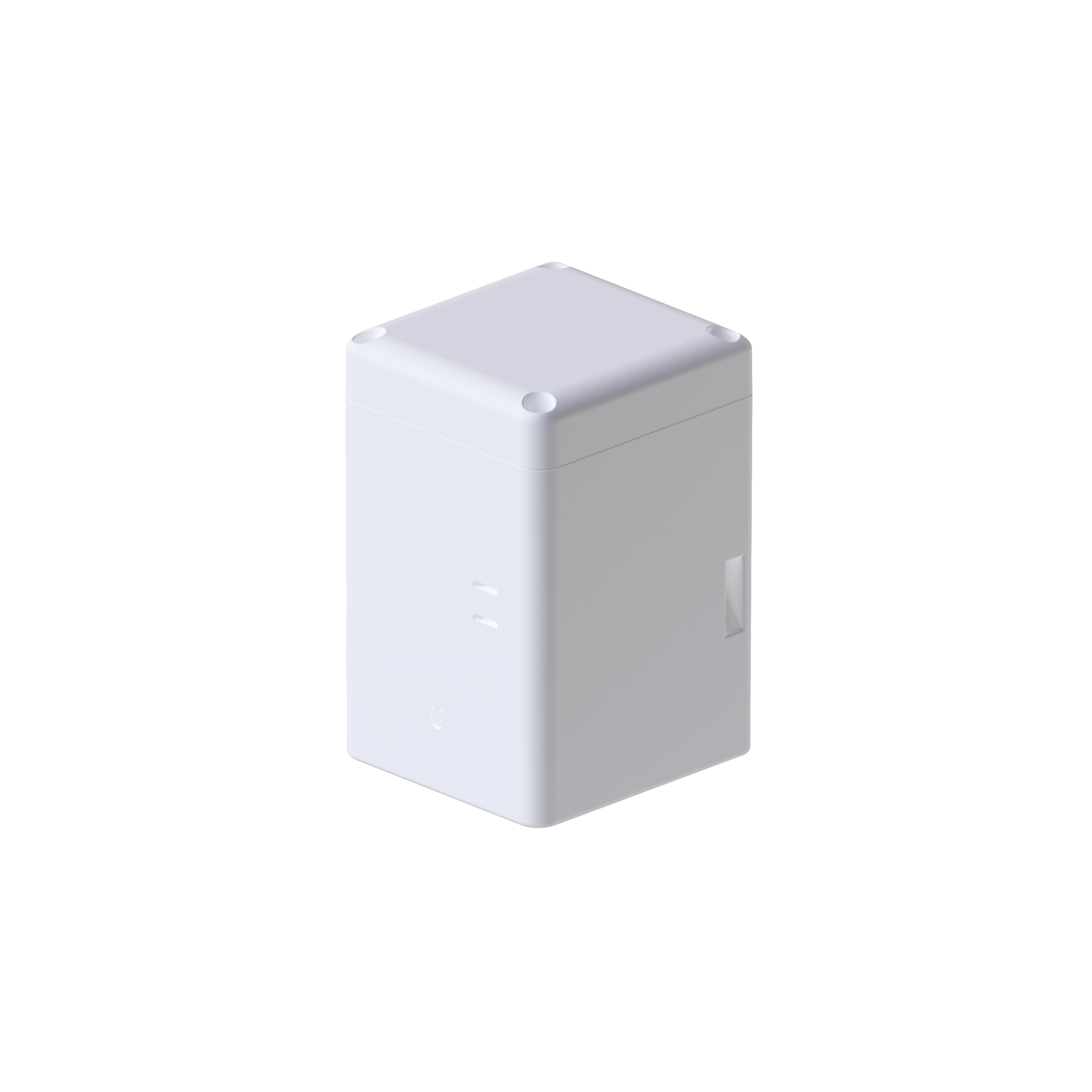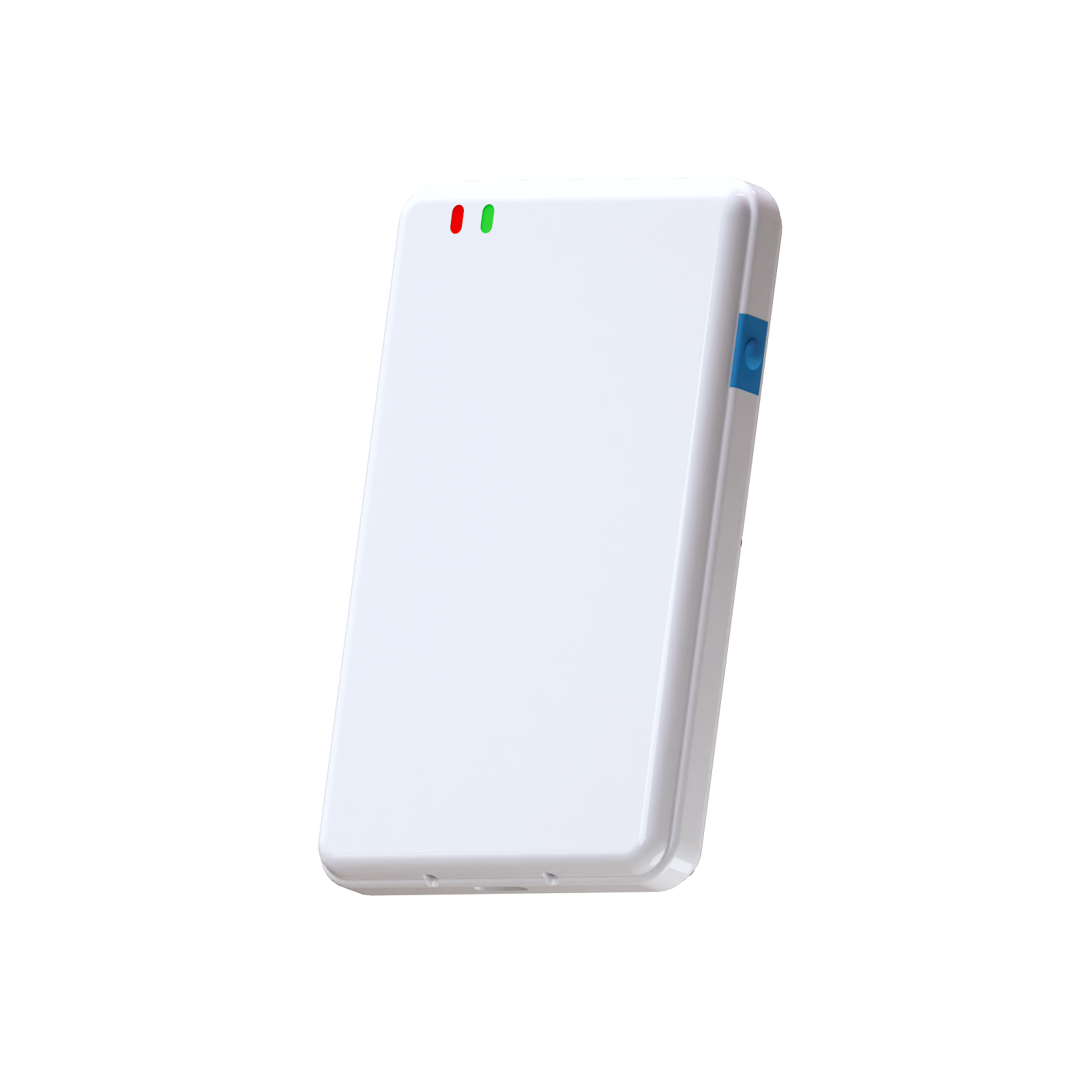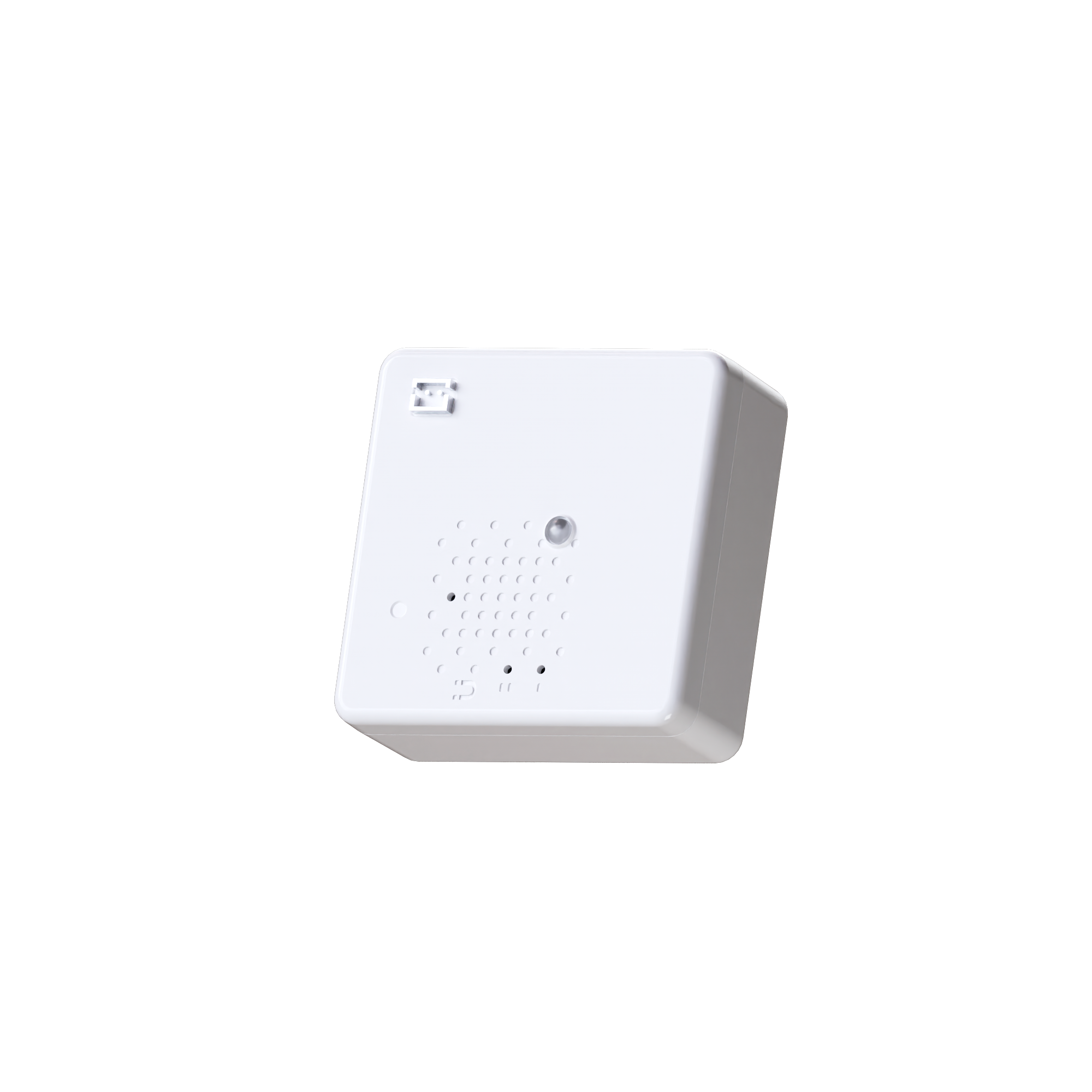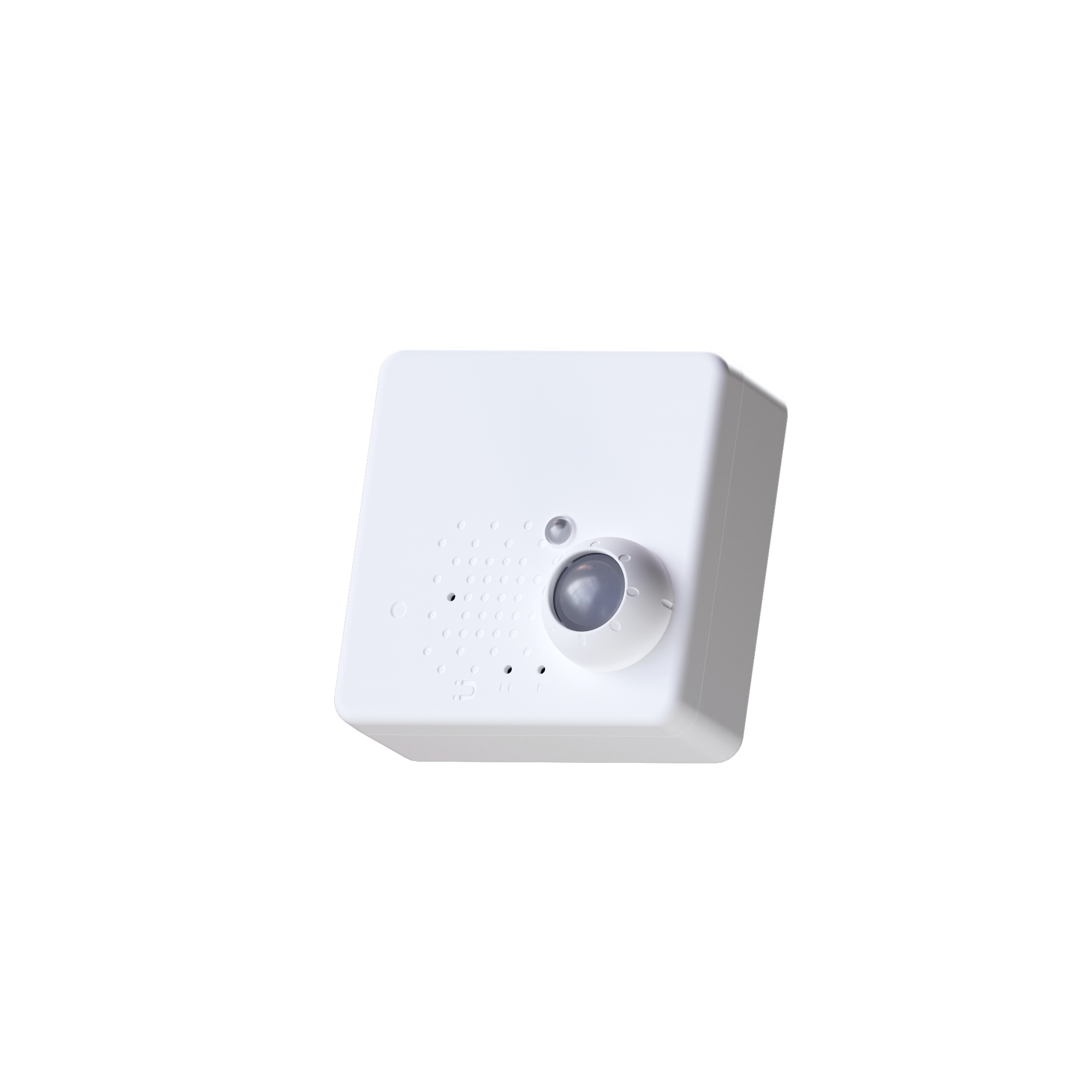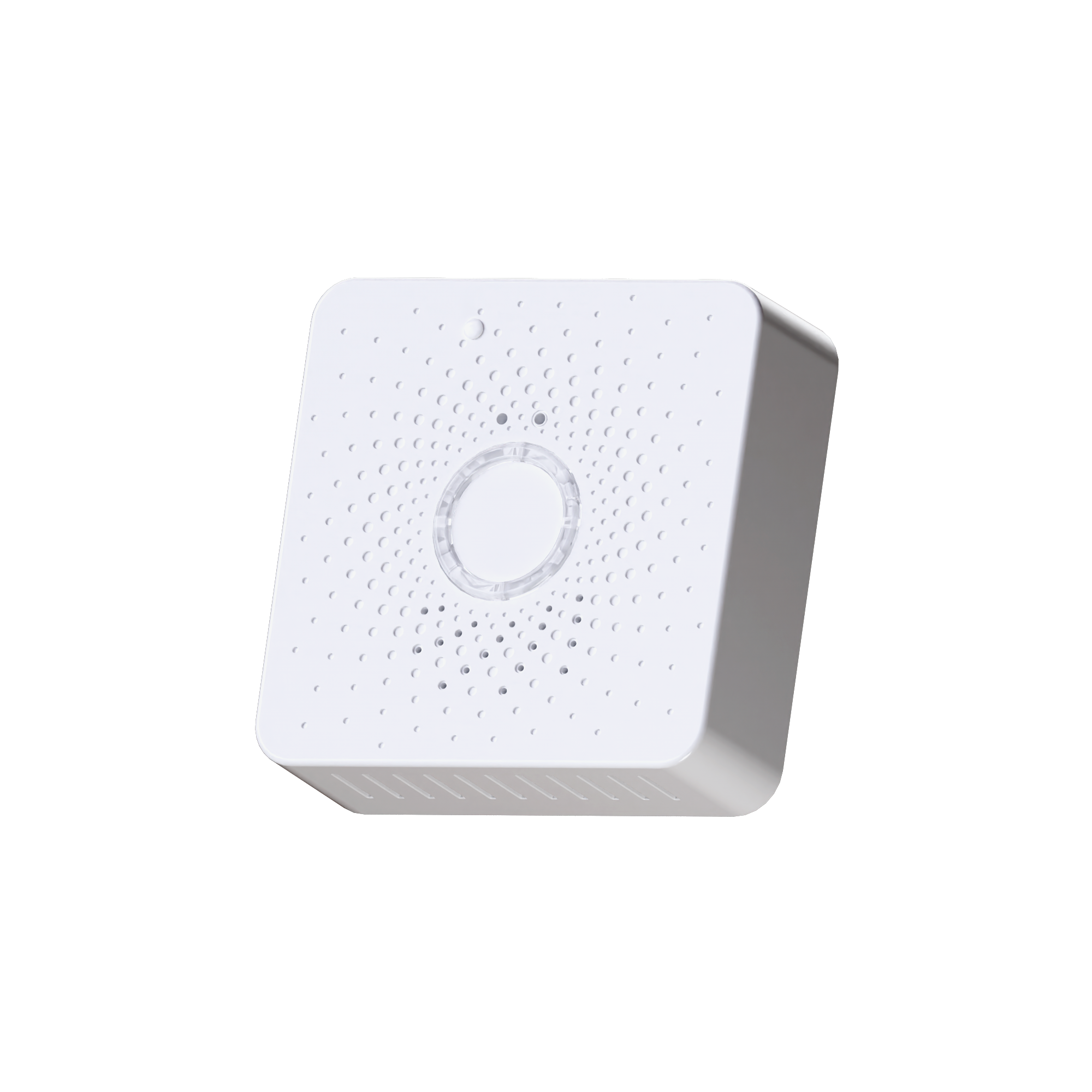Seamless
App Integration
TEKTELIC sensors are built to solve real problems — not complicate setup. Designed for instant connectivity and long-term reliability, they integrate seamlessly into your network and applications, including TEKTELIC’s own platforms. From day one, you get accurate data and actionable insights — without needing engineers, complex configuration, or third-party support. Just power them up, deploy, and start monitoring what matters.
01
03
How is a LoRaWAN device configured? What parameters can be controlled?
Devices can be configured over the air (OTA) through the LoRaWAN network server. Configuration parameters may include data rate, transmission power, and sleep intervals. LoRaWAN devices often support adaptive data rate (ADR), allowing the network server to dynamically optimize these parameters based on the device’s communication conditions. This flexibility ensures efficient use of network resources and adapts to changing environmental factors.
Do the sensors communicate with each other in a LoRaWAN network?
No, in a LoRaWAN network, the sensors do not communicate directly with each other. Instead, they send their data to a central gateway, which then forwards this information to a network server. The server processes the data and can send commands back to the sensors through the gateway if necessary. This design allows for efficient use of power and bandwidth, as the sensors can remain in a low-energy state until they need to transmit data to the gateway.
How many devices can be connected to a LoRaWAN gateway?
The number of connected LoRaWAN® devices depends on several factors, including the type of gateway, data transmission frequency, payload size, and regional duty cycle regulations. On average, a high-capacity gateway like TEKTELIC’s KONA series can support thousands of LoRaWAN devices at once. In optimal conditions, a single gateway can handle up to 10,000 devices, especially when messages are sent infrequently and at lower data rates.
How far can I take the sensor from the Gateway?
LoRaWAN sensor range is highly dependent on the propagation environment in which the sensor is located. In outdoor rural areas, ranges of tens of km are possible; in urban to suburban environments, ranges of 1 to a few kilometres are more typical. In indoor applications in multi-story buildings, it is helpful to have gateways provisioned indoors. Building construction (wood, concrete, etc.) also plays a significant role in defining sensor range indoors. For complex indoor deployments, please contact TEKTELIC support for guidance.
Can I change the device settings?
Yes, sensor settings can be configured using an appropriate downlink message sent by the application. Each sensor has a full set of documentation, including a technical reference manual (TRM) that contains all required information for sensor configuration.
Where can I see my device data?
Device/Sensor data is typically viewed on an application that can be viewed on a web-page or mobile device app. TEKTELIC provides data converters to assist with formatting data as part of custom application development and TEKTELIC also provides custom applications for specific use cases. LeapX is a simple mobile app that gets you started quickly in visualizing your data.
Can a LoRaWAN device sort data?
The storage of data within a LoRaWAN device depends on its specific design and purpose. Some devices may have limited internal storage for buffering data, especially in scenarios where network connectivity is intermittent. However, extracting data physically from a device is not a standard practice in LoRaWAN. Typically, data is transmitted over the network to a designated server, where it is securely stored and processed. Physical extraction of data from the device is not a common or straightforward procedure due to security measures in place.
Is LoRaWAN secure? How is data protected?
Yes, LoRaWAN is designed with security in mind. It employs end-to-end encryption to protect data during transmission. Each device has a unique set of keys for secure communication with the network server. Additionally, LoRaWAN uses advanced cryptographic techniques to ensure the integrity and confidentiality of the transmitted data, safeguarding against eavesdropping and unauthorized access.
What is the battery life of a LoRaWAN device?
The device’s battery life depends on various factors, including the type of sensor, the frequency of data transmission, and the capacity of the battery. LoRaWAN’s low-power characteristics enable devices to operate on battery power for an extended period, typically ranging from a year to several years. In practical scenarios, it is not uncommon for devices to be kept alive for 5, 10 or more years on a single battery, demonstrating the efficiency of LoRaWAN’s power management capabilities. Efficient power management and the use of low-power modes contribute to maximizing the device’s battery life, making it well-suited for long-term, low-maintenance deployments.
